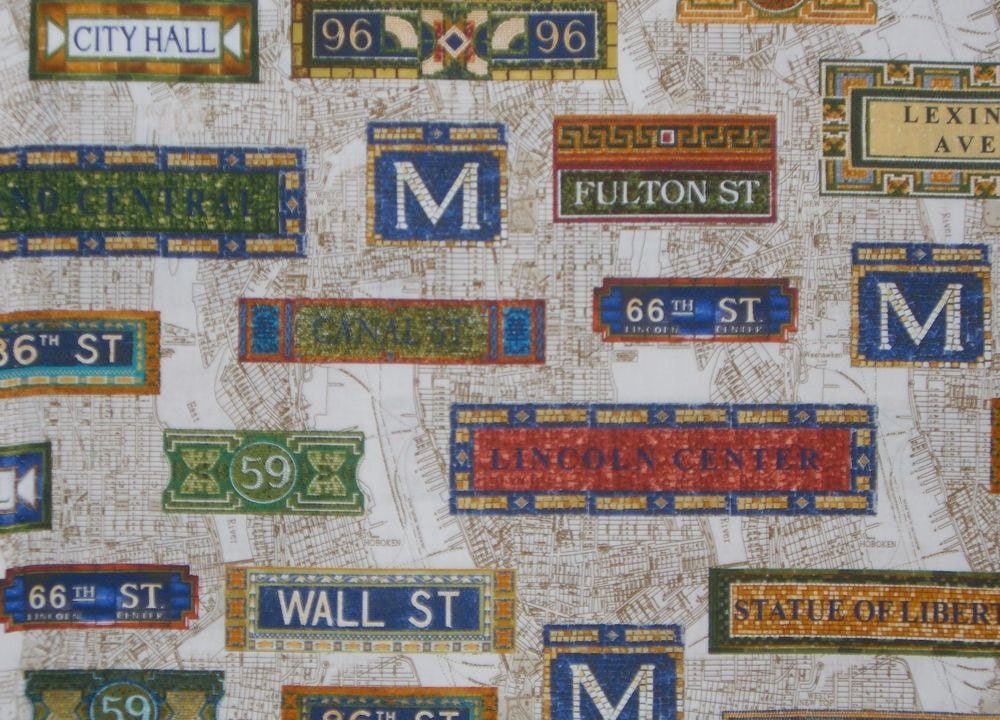

:no_upscale()/cdn.vox-cdn.com/uploads/chorus_image/image/62562672/3158711590_36ff37b056_o.0.0.jpg)
This tile stripped away artistic embossed textures and decorative glazes to provide a perfectly flat face and “sanitary” gloss white or ivory glaze that would be impervious against germs and easy to clean. With the Tenement Act of 1901, flush toilets became required in new apartments.Ĭapitalizing on the new craze for cleanliness, an art tile manufacturer, the American Encaustic Tiling Company (AET Co.), began to market a new “sanitary” tile with advertisements suggesting uses in hospitals, kitchens, public baths, and bathrooms. The state legislature passed a law requiring large cities to provide public bathing facilities 1895. In 1849, New York City began construction of its first modern sewer system.

New theories about germs and the origins of disease sparked a revolution in household hygiene and city sanitation. Diseases like cholera, smallpox, and typhus plagued city dwellers. As urban populations grew, so too did their sanitation problems. While handmade tiles could be produced at the rate of one to two hundred per day, dust-pressed tiles could be output in the thousands, partly because tiles made from wet clay must be thoroughly dried before firing in a kiln, while the dust-pressed process utilizes a dry clay mixture that can be fired immediately without substantial warpage and shrinkage.ġ9th Century advancements in manufacturing technology brought increasing numbers of people to cities to work in factories. The development of the dust-pressed manufacturing process and growth of the tile industry in the United States dramatically reduced production times and cost. They were expensive, usually imported from Europe, and were primarily used for decoration in the homes of the wealthy. In the early 19th century, tiles were handmade in a process utilizing wet clay.


 0 kommentar(er)
0 kommentar(er)
